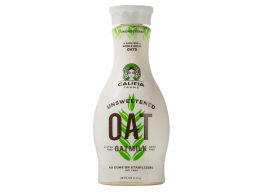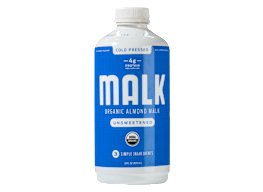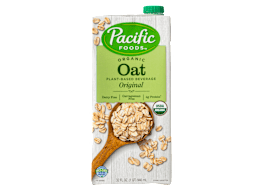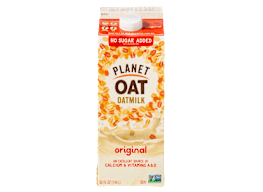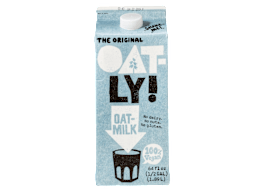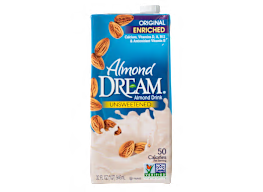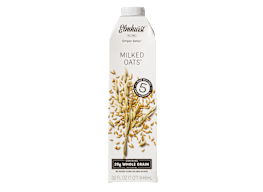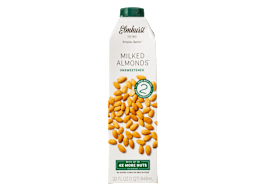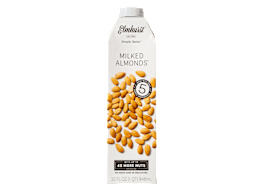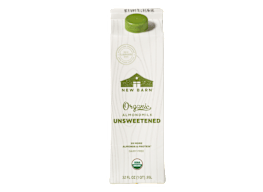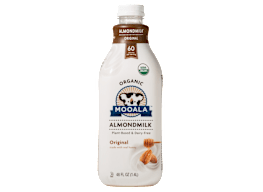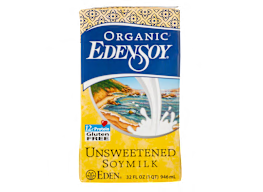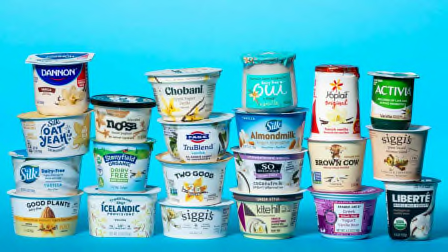We Made Almond Milk and Oat Milk to Find the Best Nut-Milk Makers
We tried the Almond Cow and three other models to make dairy-free milk at home. Some were a lot easier to use than others.
When you shop through retailer links on our site, we may earn affiliate commissions. 100% of the fees we collect are used to support our nonprofit mission. Learn more.
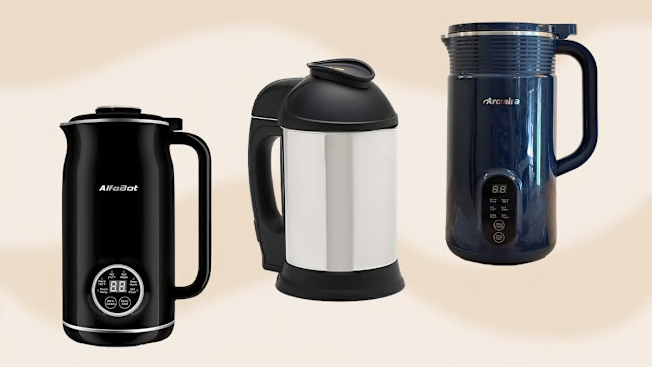
Cow’s milk is out and dairy-free (or raw dairy) milks are in. U.S. per capita milk consumption has decreased year over year in the past decade, while the U.S. market for plant-based dairy grew by 11 percent from 2021 to 2022. Reasons abound. Veganism is easier than ever to adopt in the U.S., and the number of people who call themselves vegans appears to be on the rise. Still others opt for nut milk (like almond or cashew) or oat milk simply because they like the flavor better or find that it agrees with their gut better than dairy milk.
- Nut-Milk Makers: Products We Tried How We Evaluated Them Why Nondairy Milk?

















